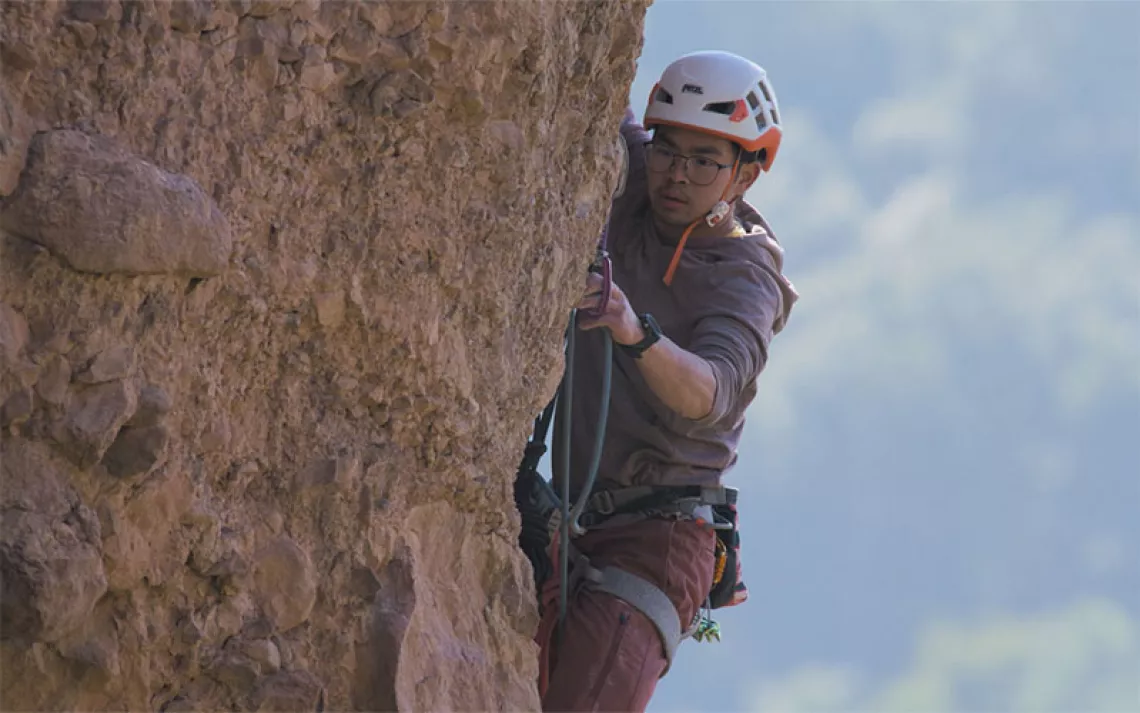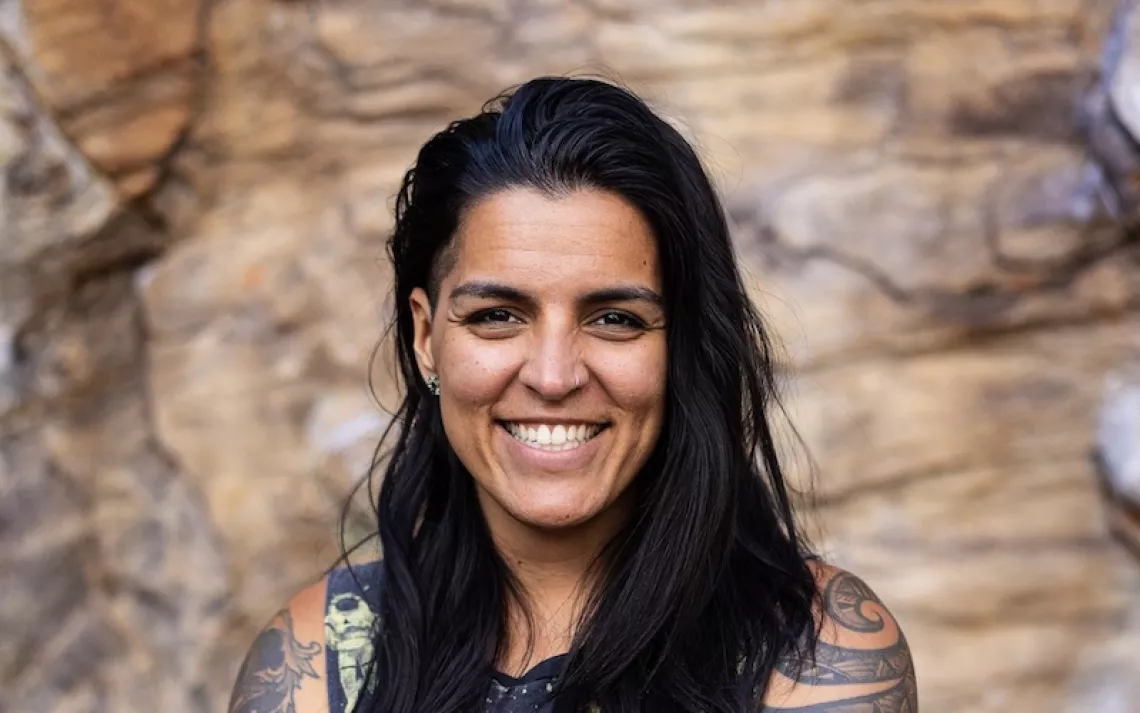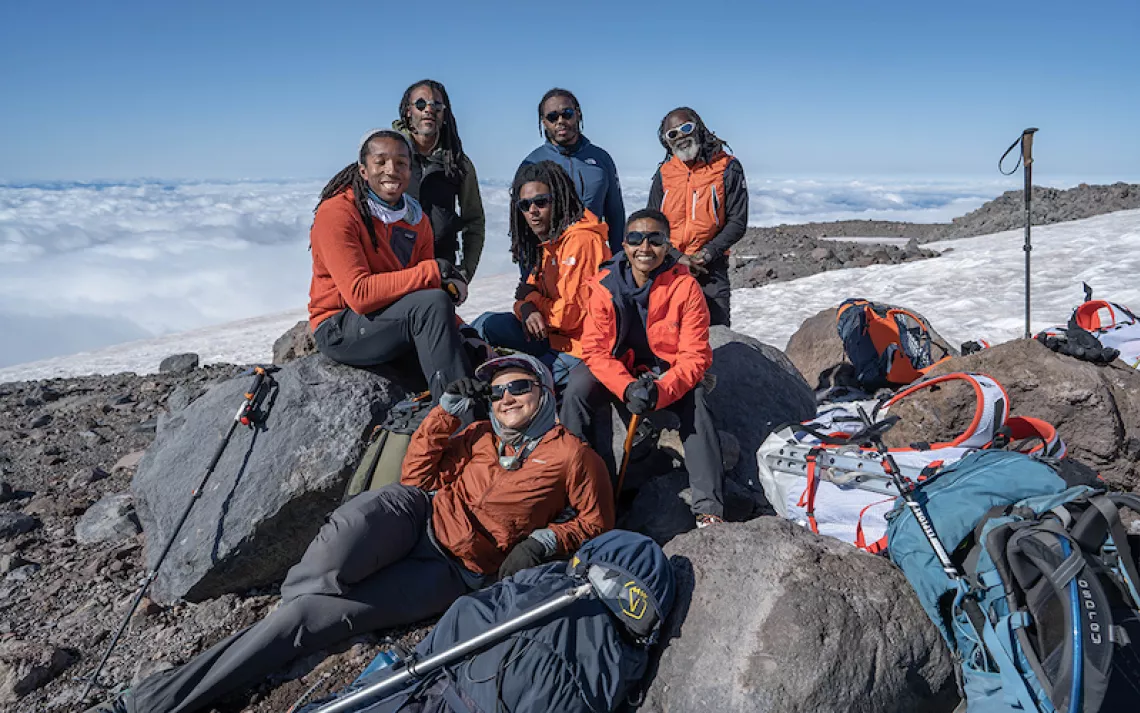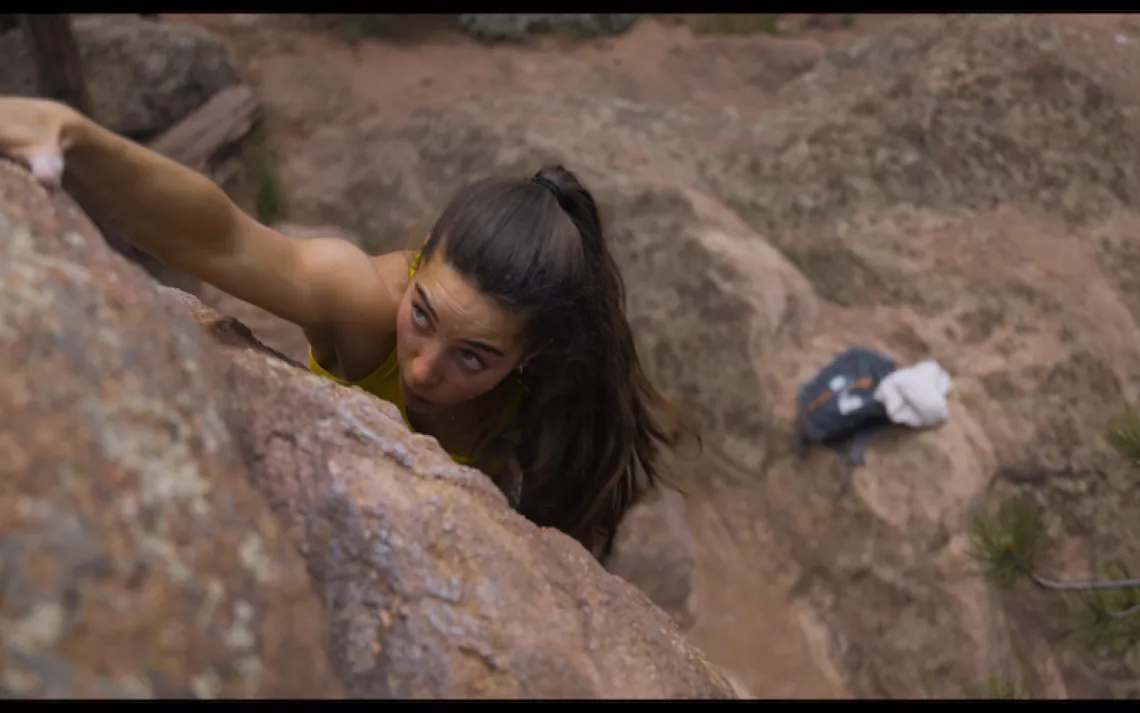Mountaineers Gear Up to Collect Trash in the Grand Canyon
Volunteers are set to rappel over the canyon’s edge for cleanup
Over a mid-September weekend, some of the most heavily used (and littered) portions of the Grand Canyon’s South Rim will get their annual tidy-up. But collecting trash from ledges that dangle some 5,000 feet over a massive hole in the earth is no task for your average sanitation crew. Instead, the park’s Preventive Search and Rescue Program (PSAR) will issue a special-use permit to the Arizona Mountaineering Club (AMC), about 50 of whose member-volunteers will rappel over the canyon’s edge to collect hundreds of gallons of plastic bottles, bags, sunhats, coins, and snack wrappers.
The cleanup does more than ameliorate a serious eyesore in an otherwise spectacular landscape. “Trash puts a [strain] on the natural environment that we really see on our wildlife. Specifically birds, but also megafauna like bighorn sheep and deer,” says Ben Cooper, who supervises Grand Canyon’s PSAR and also offers logistical support to AMC’s garbage roundup. With visitation at the park up 33 percent over the last three years, and hitting 6 million visitors in 2016, that strain is only fixing to get worse. With few skilled on-staff climbers and a stagnant budget, much of which goes toward educating tourists on safety and providing imperiled hikers with emergency services, Cooper says, “We need to engage our community partners” in the cleanup.

Trash that the CAC hauled out of the Toroweap backcountry area | Photo courtesy of the Coalition of American Canyoneers
The poster child for the urgency of these efforts? The endangered California condor. Its numbers across Arizona and Utah have slowly climbed from zero to 74 over the past 30 years. But between 2007 and 2011, at least two condors died from eating the coins that some tourists toss into the canyon for luck. Coins cause blockages in the birds’ guts, causing them to eventually starve to death—“A gruesome way to go,” as park wildlife biologist Miranda Terwilliger puts it. But at least as concerning to her, as far as types of garbage go, is plastic, much of which is also microtrash: bottle caps, rings from around bottle necks, sandwich bags. “It’s the stuff,” says Cooper, “that gets blown around and people just go, ‘Meh, that’s no big deal.’”
According to Terwilliger, though, that’s the stuff that actually has the potential to do the most damage to the park’s abundant and diverse animal populations. Bags, for instance, end up ensnaring and suffocating critters. Other microtrash can get lodged in animals’ guts, causing the same sorts of impactions as coins; this is an enormous problem with plastic bottle caps. “We don’t know why, but everything eats them,” says Terwilliger, citing the fact that two elk died from consuming bottle caps and other plastic last year. Plastic microtrash also often turns up in birds’ nests and in the Colorado River. Not only does it take generations to decompose, but plastic affects ecosystems in ways that are not yet fully understood.

Hats blown over the Rim Trail | Photo by Ada Cowan
At the ready to purge the Grand Canyon of this and other life-threatening garbage is AMC board member John Furniss, who for the second year will lead the club’s volunteer climbers. They’ll be concentrating on the stretch of Rim Trail that runs almost half a mile from the Bright Angel trailhead to Verkamp’s Visitor Center. Then it’s on to Mather Point and Pipe Creek Vista, which are other high-use areas. Volunteers wear heavy-duty canvas bags carabinered to their rappel harnesses that allow them to cart receipts, batteries, wrappers, bottles, straws, money, Frisbees, flip flops, hats, selfie sticks, drones (which are illegal in the park), GoPros, cellphones, and even the occasional traffic cone—all while keeping their hands free to work the ropes.
Out in the park’s remote backcountry, members of the Coalition of American Canyoneers (CAC) have, in past years, hauled out large volumes of rubber. “Rolling flaming tires off the rim is really exciting to some people, apparently,” says CAC board member Rick Demarest. Most collected trash is stuffed into dumpsters for disposal, with the notable exception of coins, which the park donates to a fund supporting wildlife rehabilitation and education.
Safety, says Furniss, is his primary priority. All volunteers, no matter how skilled, receive advance training. Working in pairs or groups of three, they strap on helmets and harnesses and rappel anywhere from 25 to 100 feet below the canyon’s rim with a belay partner managing the ropes back up top. They collect whatever trash is within reach in a 20-yard section and then leapfrog over to the next section. The targeted areas of the Rim Trail “tend to be the least technical in terms of skill requirement,” says Furniss. The Mather and Pipe Creek viewpoints are “higher angle,” meaning more steeply pitched, so Furniss dispatches more seasoned climbers for that portion of the cleanup.

AMC member Laura Carr belays her husband John over the rim near El Tovar Lodge. | Photo by John Furniss
Do these operations—at 25 years and counting for AMC—have an impact? No one’s been keeping official count of how much trash is amassed, but Terwilliger estimates that 300 gallons were carted off in 2016. While Cooper and Furniss both mention that part of their cleanup mandate is to impact visitors as little as possible, Cooper thinks tourist engagement could be a critical component of the whole event. “There’s a possible benefit to visitors seeing [volunteers] showing that they care about our parks,” he says. “With visitation beyond record levels, it’s not enough to just ‘find your park’ anymore. What we need is to instill a sense of stewardship.” Seeing the mountaineer trash collectors hard at work might just help to get that message across.
 The Magazine of The Sierra Club
The Magazine of The Sierra Club




